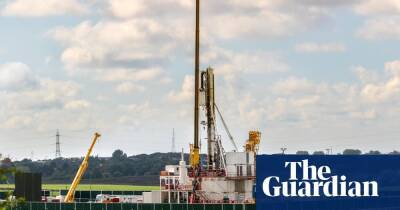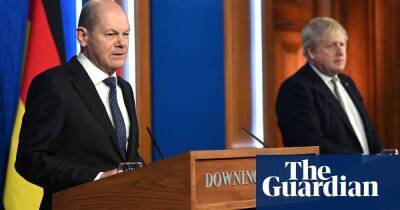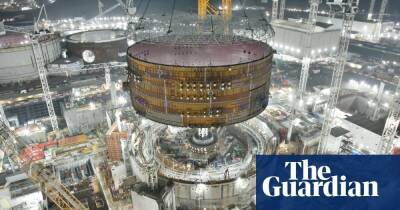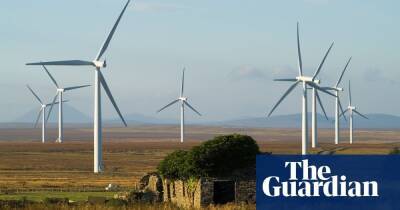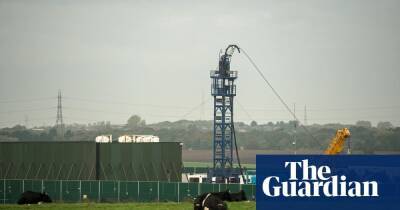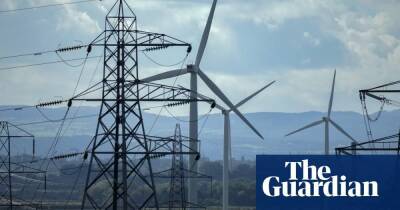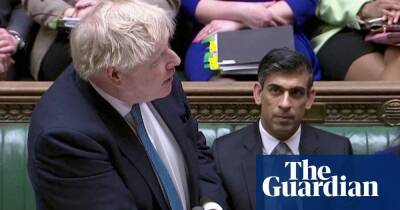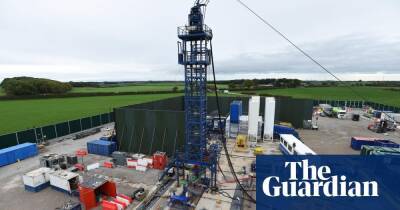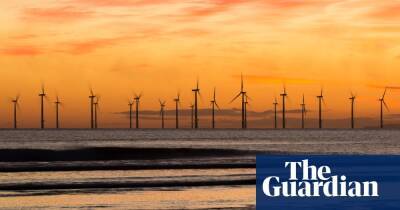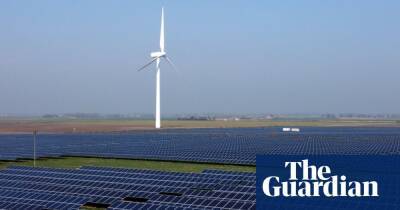What to expect in the UK’s energy strategy to be published this week
The way in which Britain is powered and heated could be dramatically reshaped by the government’s energy strategy, set to be published this week.
Against the backdrop of Russia’s brutality in Ukraine, the landmark policy proposals have been rendered all the more poignant.
On top of targeting net zero carbon emissions and wrestling with sky-high energy bills, the UK is also looking to reduce its exposure to Kremlin-controlled oil and gas supplies.
With the stakes so high, various industries and political factions are pushing their own special interests in the hope of steering the government – and billions of pounds of taxpayer-backed funding – in the “right” direction.
The cabinet is split, with the Treasury sceptical about the funding required for a huge expansion of the UK’s nuclear fleet and divisions also emerging about whether to roll out more onshore wind turbines.
So what might be in store when the long-awaited strategy is finally published?
Yes. Boris Johnson and Kwasi Kwarteng, the business, energy and industrial strategy (BEIS) minister, have said they intend to reverse the industry’s long-term decline. Nuclear capacity reached nearly 13GW in the late 1990s – about 25% of electricity demand – but will fall to just 3.6GW by 2024 as reactors are retired.
Johnson wants to return to that 25% watermark. National Grid estimates UK peak electricity demand in 2050 will be around 85GW, up from 60GW now, because of factors such as the electrification of vehicles and home heating.
That implies required nuclear capacity of about 21 GW, equivalent to between six and seven nuclear power plants.
The first step is the 3.2GW Hinkley Point C, due for completion in 2027 unless it is delayed yet again. The life of Sizewell B is likely to be
Read more on theguardian.com



![Will Ethereum Classic’s [ETC] recovery from this significant level sustain - ambcrypto.com](https://finance-news.co/storage/thumbs_400/img/2022/5/6/24504_mndrr.jpg)
